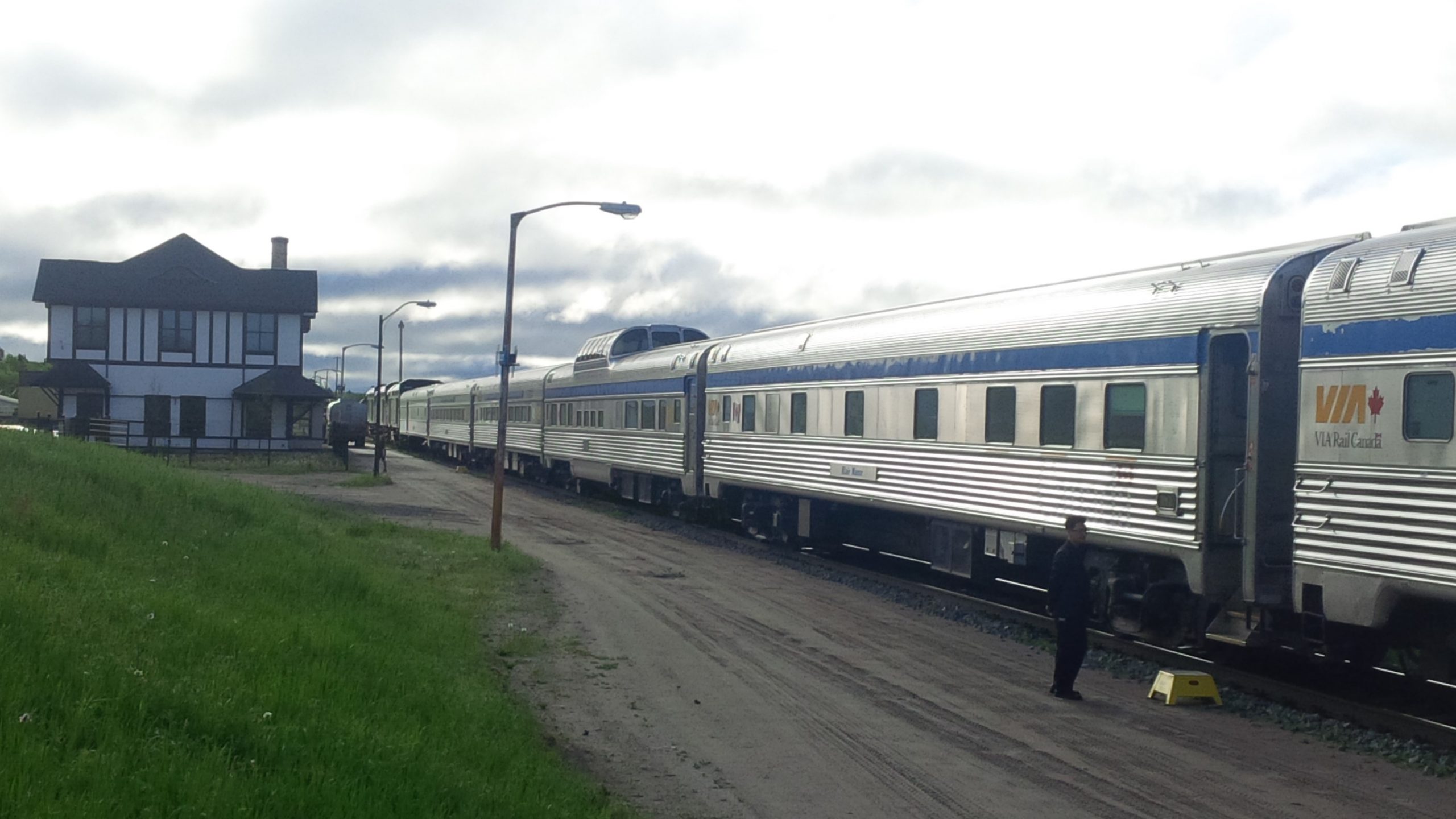For big cities like Toronto, Montreal or Vancouver,you are right. These places, you do not need a car, and, you can get anywhere from them without one. The same cannot be said about smaller cities. A lot of local transit does not serve their airport. If they do, the service is infrequent.
[…]
It isn't a good vision, but it sadly is a step to the good vision. Technically,I have a 'station' within a much shorter distance, and technically, local transit almost comes within walking distance of my home. There is a Via flag stop within 10 km of my home on the S-WR train. Sadly, it does not connect to the Canadian, so I am unable to make the transfer. There is a "dial a bus" that comes near here, but does not come much closer than those tracks. BTW, that bus used to not exist a few years ago.





